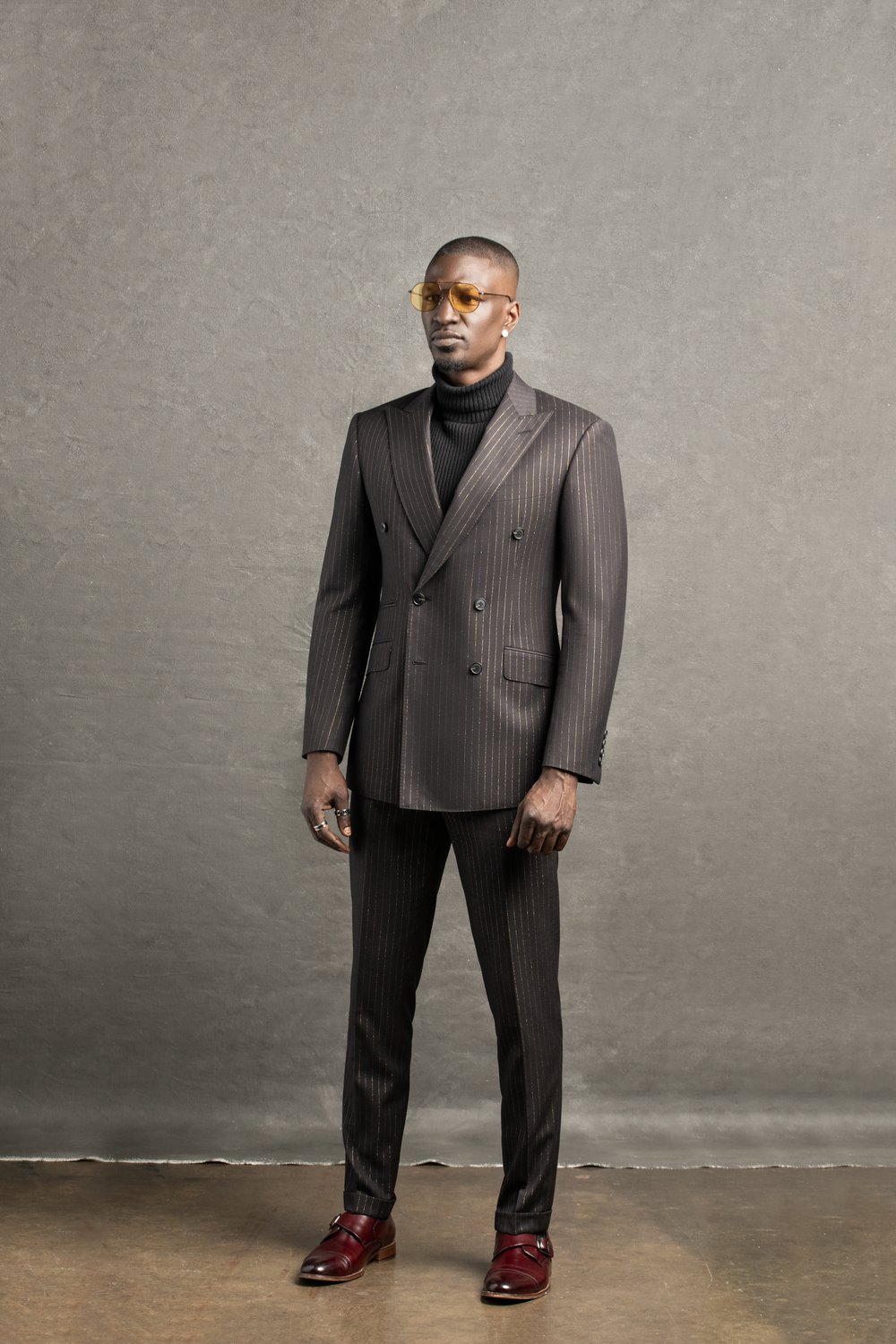A Deep Dive Into the World of Tailors: Strategies, Tools, and Patterns Shaping Modern Fashion Style
The globe of tailoring is a compelling intersection of classic craftsmanship and advanced technology, shaping the fabric of modern haute couture. From the necessary devices that artisans possess to innovative methods that redefine fit and design, the tailoring landscape is progressing. Current fads stress sustainability and inclusivity, pressing the limits of traditional norms. As we discover these aspects, one should consider exactly how this evolution will affect the future of bespoke tailoring and what ramifications this holds for both consumers and designers alike.
The Art of Tailoring
The answer lies in the meticulous craftsmanship and individualized fit that customizing embodies. Master customizes not just have technical abilities yet also a natural sense of design, enabling them to create garments that enhance an individual's silhouette while ensuring comfort.
At the core of tailoring is the capacity to accomplish an accurate fit. This involves taking thorough measurements and making adjustments that represent the distinct proportions and preferences of the user. Tailors use various methods-- such as rushing, curtaining, and shaping-- to contour the material perfectly to the body. The option of materials likewise plays a vital function; top quality textiles add to the total aesthetic and longevity of the garment.
Additionally, the artistry of customizing extends past simple building. It encompasses the thoughtful option of details, consisting of stitching patterns, switch positionings, and linings, which jointly elevate an item from common to extraordinary. Essentially, the art of tailoring changes material right into an artwork, mirroring the uniqueness and style of the wearer.
Essential Devices for Tailors
An effective tailor relies on a collection of vital devices that are fundamental to the craft of customizing. Amongst the most crucial instruments are high-quality scissors, made for precision cutting of textile and thread. Tailors likewise make use of rotary cutters, which offer effectiveness and precision, specifically for straight lines and complex patterns.
Gauging tools, such as measuring tape, rulers, and yardsticks, are crucial for making certain appropriate fit and placement. In addition, tailor's chalk or material pens are made use of for marking alterations and patterns without damaging the fabric.
Sewing equipments, varying from fundamental designs to innovative digital versions, play a main role in the crafting procedure, allowing for consistent stitching and ending up. Just as essential are needles and string, which should be selected according to the material kind to ensure resilience and visual charm.

Innovative Methods in Tailoring
As the apparel industry advances, dressmakers are progressively embracing ingenious techniques that improve both the craftsmanship and performance of their work. One considerable innovation is the assimilation of digital modern technologies, such as 3D body scanning and computer-aided design (CAD) These devices enable tailors to create precise patterns that fit the special contours of each customer, reducing the demand for multiple fittings and changes.
Additionally, the surge of automated stitching equipments has transformed typical methods, permitting for faster manufacturing times without sacrificing quality. These devices can execute intricate sewing and describing that would be lengthy when done by hand. In addition, making use of laser reducing technology has structured the reducing process, guaranteeing precision and lowering fabric waste.
Sustainability is additionally affecting innovative methods in tailoring. Lots of dressmakers are now checking out zero-waste patterns and upcycling products, adding to even more environmentally conscious practices within the sector. Finally, collaborative methods, where dressmakers work carefully with designers and customers, foster creative thinking and ensure that garments reflect the distinct vision of the wearer. These cutting-edge strategies not just elevate the quality of customized garments yet likewise redefine the role of dressmakers in contemporary fashion.
Present Trends in vogue Design
Current fads in vogue design show a vibrant blend of imagination and technological improvement, forming the industry in extraordinary methods. As sustainability takes facility stage, designers significantly focus on environment-friendly products and moral production practices. This change not only replies to customer need for accountable style however also cultivates advancement in textile development, such as the usage of recycled materials and biodegradable products.

One more considerable pattern is the revival of gender-fluid fashion, which challenges typical standards and promotes inclusivity. Designers are crafting collections that resist binary classifications, allowing for a more comprehensive expression of identification. The influence of streetwear and athleisure continues to be solid, blurring the lines in between high fashion and everyday wear, hence equalizing design.
The Future of Tailoring
Significantly, the future of tailoring is positioned to welcome a combination of typical craftsmanship and cutting-edge innovation. This evolution is characterized by the assimilation of electronic tools, such as 3D body scanning and computer-aided design (CAD), which boost precision in measurements and pattern-making. These advancements enable dressmakers to produce bespoke garments that fit the individual flawlessly, reducing material waste and manufacturing time.
Moreover, the increase of lasting fashion is affecting tailoring methods, compelling wedding suits perth artisans to embrace environment-friendly products and methods (tailored suits perth). As customers come to be a lot more aware of their ecological influence, the need for customized garments made from organic and recycled materials is anticipated to expand
Additionally, innovations in automation and man-made intelligence are readied to transform the manufacturing landscape. While these modern technologies might simplify particular procedures, they will not change the imaginative intuition and ability fundamental to customizing. Rather, they will act as tools that boost the artisan's abilities, permitting for higher imagination and development.
Inevitably, the future of tailoring will likely mirror an unified equilibrium in between classic strategies and innovative technology, making certain that custom fashion stays pertinent and obtainable in an ever-evolving market.

Final Thought
In final thought, the world of tailoring exemplifies a harmonious blend of conventional craftsmanship and modern-day developments. As the market continues to adapt, the fusion of artisanal abilities with technical advancements ensures that customizing continues to be a lively and pertinent element of style style.